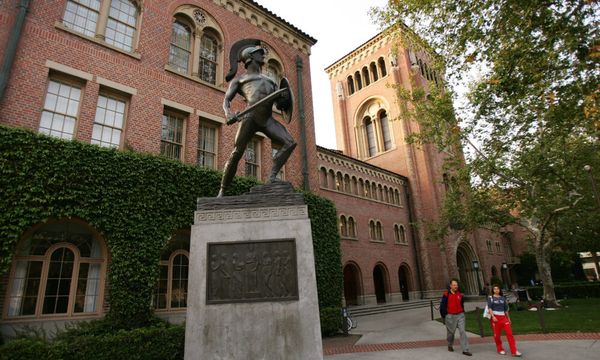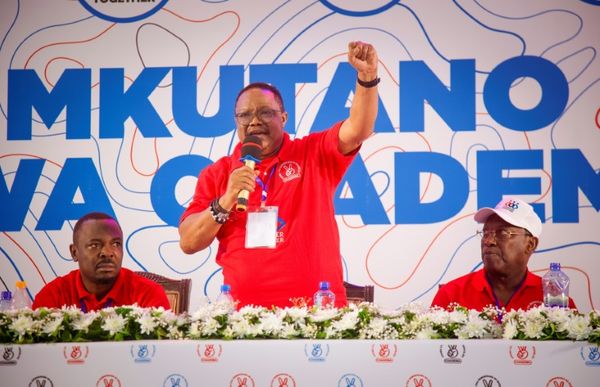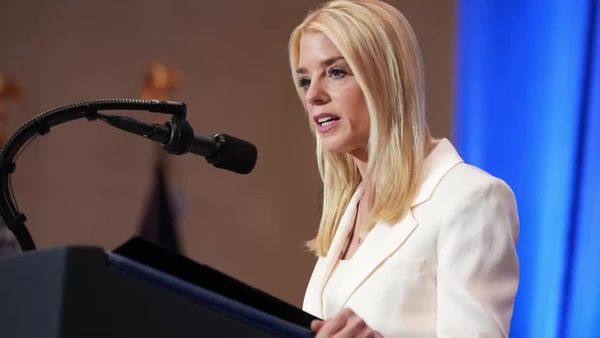
What’s the story and why is it important?
After five years of political upheaval, Slovakia will on Sunday hold a high-stakes but uncertain election that polls predict will be won by a populist former prime minister who has pledged to abandon Bratislava’s staunch support for Ukraine.
Robert Fico has said he will not send “another bullet” to help defend his country’s eastern neighbour from Russian aggression, labelled sanctions against Moscow as “useless” and promised to veto any Ukrainian application to join Nato.
Fico is far from certain to win. Even if he does, he will not have a majority in the 150-seat parliament and could face big problems forming a coalition. Many experts also doubt he would prove as radical in office as his campaign rhetoric suggests.
But as they strive to maintain a united front and sustain financial and military support for Ukraine, Europe and the rest of the western alliance are watching.
What’s the landscape and how does the system work?
Slovakia’s politics have been particularly volatile and virulent since 2018, when the journalist Ján Kuciak and his fiancee, Martina Kušnírová, were murdered after investigating tax evasion, fraud and corruption at the top of Slovak politics.
The killings sparked widespread public revulsion and mass protests that forced the then-prime minister, Fico, to resign within weeks. Since then, the country of five million has faced five years of extreme political turbulence, including four prime ministers.
Fico’s deputy, Peter Pellegrini, took over as PM, and elections in 2020 were won on a wave of anti-corruption anger by Igor Matovič’s centre-right OL’aNO, which formed a coalition with three smaller libertarian, nationalist and rightwing parties.
Pellegrini promptly quit Fico’s Smer to form his own social democratic party, Hlas, and Matovič’s crude, chaotic style and disastrous handling of Covid-19 saw support for the new coalition plummet and its members resort to bitter infighting.

Photograph: David W Černý/Reuters
In March 2021, both the libertarian SaS and centre-right Za ľudí threatened to walk away unless Matovič stepped aside, prompting him to swap with his finance minister, Eduard Heger, who became prime minister – but also failed to steady the ship.
Heger’s government finally collapsed in September 2022 after SaS ministers, demanding Matovič also resign from his new post, left government. Heger lost a no-confidence vote in December last year, giving way to a caretaker PM, L’udovít Ódor.
Slovakia’s party-list proportional representation system and tough electoral thresholds complicate matters further. Voters can express a preference for up to four candidates in a single, nationwide electoral constituency.
However, to be allocated parliamentary seats, the parties – which can run singly or in coalitions – must clear a high bar: 5% of the national vote for a single party, 7% for coalitions of two or three parties, and 10% for those with four members or more.
Who are the key players and parties?
Perhaps tellingly, none of the politicians who did well in Slovakia’s last elections look contenders for the prime minister’s job this time around.
Fico, 59, formed Smer in 1999 as a social democratic party offering new faces and a fresh approach. Over the years, and especially in recent opposition, he and his party have become progressively more nationalist, radical and socially conservative, even if their economic outlook remains leftwing.
On the campaign trail, he has said Russia’s war was started in 2014 by “Ukrainian Nazis and fascists”. He has been a long-term admirer of Hungary’s Viktor Orbán and has attacked his rivals ferociously, falsely alleged a coup plot, and claimed the vote would be rigged.
In past tenures, however, he has proved pragmatic, taking Slovakia into the euro and largely avoiding damaging showdowns with Brussels. Many suspect, given Slovakia’s heavy dependence on EU markets and financial support, he would be so again.
Fico’s chief rival is the socially liberal, economically reformist Progressive Slovakia (PS) party of Michal Šimečka, an Oxford graduate and vice-president of the European parliament. His group is strongly pro-western, pro-EU and pro-Nato.

A possible kingmaker could be Pellegrini’s Hlas, currently third, with which Smer could forge an alliance. It has also criticised – though much less vociferously – Slovakia’s decision to send MiG-29 fighters and missile systems to Ukraine.
The performance of half a dozen or more smaller parties, all polling around the electoral threshold, will prove critical to which coalitions are possible.
What are the big issues?
Slovakia’s voters are weary of economic pain from Covid restrictions, high inflation from the Ukraine war and a surge in illegal immigration, and Fico has campaigned largely on the country’s chaotic government over the past five years.
Despite several key Smer politicians facing corruption charges, the party’s central theme is a promise of order and stability, with Fico arguing he has the experience to overcome major challenges in, for example, healthcare and infrastructure.
Besides exploiting pro-Russian sentiment (only 40% of Slovaks hold Russia mainly responsible for the war, the lowest proportion in central and eastern Europe), he has also pandered to socially conservative voters, making progressive values in general, and LGBTQ+ rights in particular a central issue.
While not a policy issue, disinformation has been a major feature of the campaign in a country that has long been receptive to pro-Russian narratives due to historical affinity, low levels of trust in public institutions, and politicians normalising once-fringe positions.
Who’s likely to win and what happens afterwards?
Smer’s lead has narrowed in recent days. According to the most recent polls, Fico’s party is neck-and-neck with PS on about 18%, with Hlas third on about 14%. The far-right Republika party and OĽaNO are projected to win about 8%, followed by half a dozen smaller parties, including SaS, on between 5% and 6%.
If Fico is to form a coalition it could involve his former allies from Hlas – many of whom would hesitate to join him – along with a national-conservative, rightwing populist party, Sme Rodina (We are Family), and perhaps the economic liberals of SaS.
A more radical option might be available in the shape of Republika, widely seen as a breakaway from a neo-Nazi party and often accused of antisemitism, and the Slovak National party (SNS), also accused of racism towards the Roma community.
On the other side of the spectrum, potential PS coalition partners could include OĽaNO, Za ľudí (For the People) and Kresťanská únia (Christian Union), all pro-western – along, conceivably, with Hlas, SaS, Sme Rodina and smaller parties.
Several combinations, however, while they might agree on a pro-EU, pro-Ukraine line, would struggle to find common economic and social policies, with some parties favouring same-sex marriage and parenting and others opposing even civil unions.
With so many parties polling around the 5% threshold, much could change. Neither Smer nor PS may be able to form a coalition, meaning elections next year. And even if they do, history suggests that in Slovakia’s polarised, partisan politics, it may not last long.







